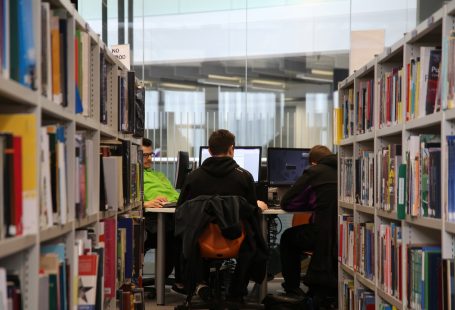The past few years have been a time of fast-paced change in higher education in England. Shifts in some areas have been more pronounced than in others.
This report is an update to our publication ‘Higher education in England 2014: Key facts’. It provides an overview of the shifts and trends we identified as key issues in last year’s report, building a picture of higher education (HE) in England in 2015.
Undergraduate entrants
In 2014-15 we have seen the number of full-time entrants at undergraduate level continue to recover, but there are indications that this growth may be slowing.
However, even if the growth in full-time entrants at undergraduate level slows or remains stable in 2015-16, we are expecting the overall higher education population in 2015-16 to increase as a result of inbuilt growth in the system caused by the departure of the smaller 2012-13 student cohort.
In last year’s report we explored the decline in entry to part-time courses, particularly at undergraduate level in courses other than traditional bachelors degrees. This decline further continues in 2014-15.
Demographics may present future challenges to undergraduate recruitment due to a declining 18-year-old population in England and European Union (EU) member states over the next five years.
Postgraduate entrants
We continue to see the number of UK and other EU students starting full-time postgraduate taught courses increase, but at a lower rate compared with previous years. We will continue to keep a close eye on what happens to postgraduate recruitment; 2015-16 will be the first year that students starting their undergraduate study under the new fee reforms will be able to enter postgraduate study.
International entrants
There is a continued reliance on international student entrants at postgraduate level, particularly in taught masters courses. There is now an almost equal proportion of UK and Chinese students studying on full-time postgraduate taught masters programmes.
More than half of the entrants to postgraduate taught masters courses in science, technology, engineering and mathematics (STEM) subjects are from overseas, making this subject area particularly vulnerable to any volatility in the overseas student market. Within the STEM subject area, engineering and technology are the most reliant on international students.
Reliance on international students in some disciplines is compounded with a reliance on international academic staff. In engineering and technology, for example, almost a quarter of academic staff were from overseas.
Widening participation
Although improvements to widening participation and fair access continue, absolute disparities in HE participation between advantaged and disadvantaged areas remain large.










